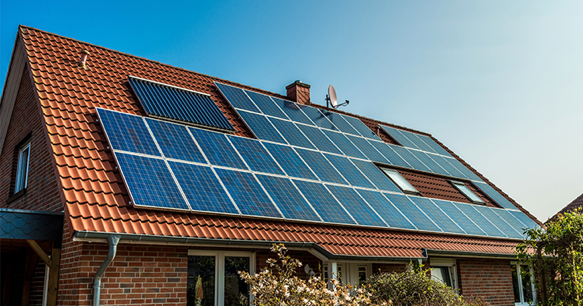August 21, 2020
Topic

Despite the remote nature of city business meetings since the arrival of Covid-19, dozens of Southern California local governments are advancing their Climate Action Plans (CAPs), building decarbonization efforts, and reach code goals. A reach code is a local building energy code that goes beyond or “reaches” past the state minimum requirements for building energy use, usually to address issues such as greenhouse gas (GHG) emissions targets, air quality, and public health and safety. It is a worthy target, since California burns almost as much natural gas in buildings as in the electric sector.
As shown on the new Statewide Reach Codes Program interactive map, Palo Alto, Berkeley, San Jose, and San Francisco led the way in Northern California, while Santa Monica, Carlsbad, and San Luis Obispo have done so in Southern California. Recent reach code activity in Southern California is likely to put even more local government entities on this map. As Robyn Eason, Senior Sustainability Planner for the City of West Hollywood, said, “It’s been really exciting to see such great momentum from cities across the state on energy reach code adoption over the last year. City officials and local governments are recognizing this time as a critical one to aggressively advance on climate action goals and be a part of the solution.”
These city actions are supported by utilities via their Statewide Reach Code Program and via utility incentive programs for builders like the California Advanced Homes Program.
The utility-run Statewide Reach Code Program provides technical support to city staff to develop reach codes and cities, with no additional cost to implement reach codes. The Statewide team has also written cost-effectiveness reports for various reach code measures including all-electric residential new construction, and they have shown that these measures are cost-effective for customers in all California climate zones.
The California Advanced Homes Program is a residential new construction incentive program that focuses on energy efficiency, sustainable design and construction and emerging technologies. It will soon be a statewide program, but in the meantime, Southern California Edison (SCE) is administering it for their customers. Participating builders receive new construction incentives of $2,000 per single family home and $1,000 per multifamily unit. These homes must be all-electric, with no gas to site, and have an efficiency Energy Design Rating (EDR) delta of 2, which on average represents projects that are at a minimum 8.5% better than the 2019 Building Energy Efficiency Standards.
It is worth noting that support for all-electric construction is swelling among design and trade associations as well as air quality regulators. Among others, the American Institute of Architects California (AIA CA), the Los Angeles Chapter of the National Electrical Contractors Association (NECA), and the Bay Area Air Quality Management District recently wrote letters to the California Energy Commission (CEC) in support of all-electric requirements in the upcoming 2022 Building Energy Efficiency Standards.
SCE will continue to assist local governments and builders interested in transitioning to cleaner buildings that substantially reduce GHG emissions.
From the Summer ’20 issue of the CURRENTS newsletter.




